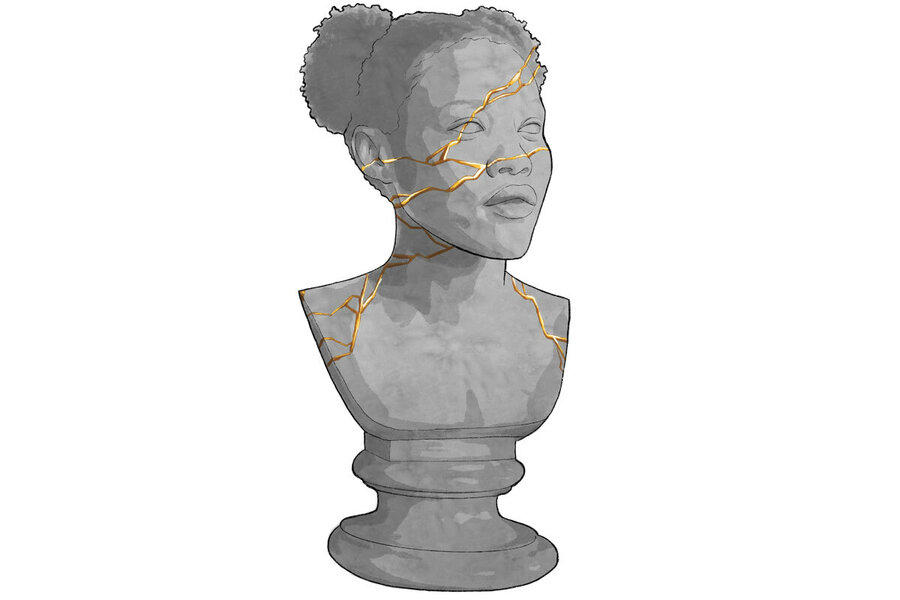Community and the art of repair
Loading...
Reparations is a big word, 11 letters. Too long, I was told, to fit in this week’s crossword puzzle. But the shorter word it comes from – repair – strikes me as even bigger.
As a noun, reparations suggests that a decision has been reached about concrete actions to redress past wrongs. Some see money and real estate, for example, as suitable reparations for slavery and redlining.
As a verb, however, repair is a process. That’s where the hard work happens to restore, renew, make whole. But history is history. We can’t go back and undo the horrors of the middle passage or the sundering of families at slave auctions.
What restoration is possible centuries later?
A first step can be looking back and taking an honest accounting of the past.
That’s what researchers with the Slavery, History, Memory and Reconciliation Project began doing in 2016. Working primarily with Saint Louis University, they pore over documents to piece together the lives of those enslaved by Jesuits at the school. Then, project members reach out to descendants to share what they have learned.
Initially, that sharing takes place in private, since many descendants are “meeting” their ancestors for the first time.
But with the descendants’ permission, the stories of those enslaved are then shared publicly. I’m grateful for that. Secrecy doesn’t do much to right past wrongs.
Yet no amount of looking back – however painstaking and apologetic – can recompense historical harms. We have to move forward, somehow.
To try to understand what might promote that, I turned to the world’s most-read book, the Bible. This phrase in Isaiah 58 piqued my interest: “repairer of the breach.”
Here, the repairer isn’t a carpenter or mason but a caring community. That’s the ideal anyway. People feed the hungry, free the oppressed, undo heavy burdens. And behind those good actions, Isaiah indicates, are good attitudes – compassion and humility. Treating people well comes with thinking of them that way.
Having achieved this, the entire community experiences abundance, “like a spring of water, whose waters fail not.” It earns the name “repairer of the breach” and can “build the old waste places.”
I was relieved to see the importance of community articulated, even if only as a goal. If today’s debate over reparations builds community, that sounds like progress to me, whatever decision is reached.
It takes togetherness, Isaiah suggests, to repair the past – and build a future.
These elements pervade our special series on reparations, which launched in the June 16 issue of the Monitor Weekly magazine and will continue in the weeks and months ahead. In St. Louis, descendants of enslaved people look back with mixed emotions. In Barbados, a growing sense of unity fortifies the nation’s independence. And in California, members of the Reparations Task Force make recommendations for the future.
Building community is hard work, but it might be the fulcrum that lets us balance looking back and moving forward.
This story was produced as part of a special Monitor series exploring the reparations debate, in the United States and around the world. Explore more.








